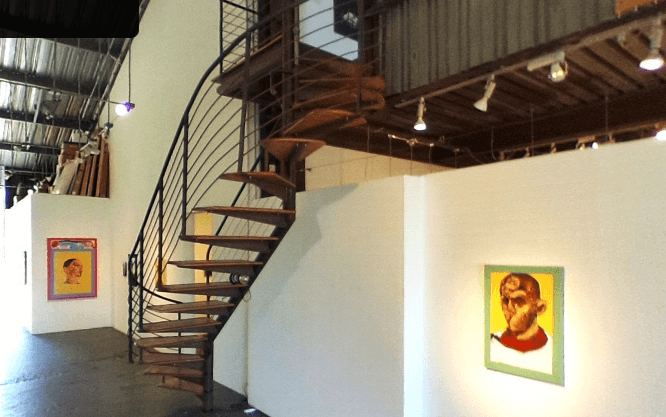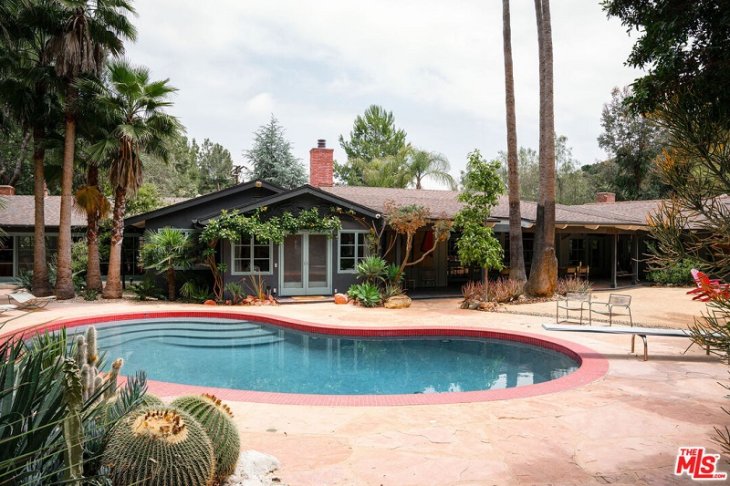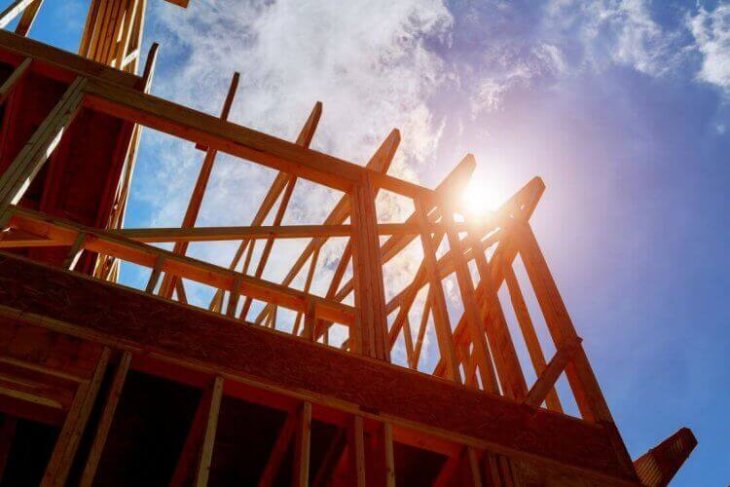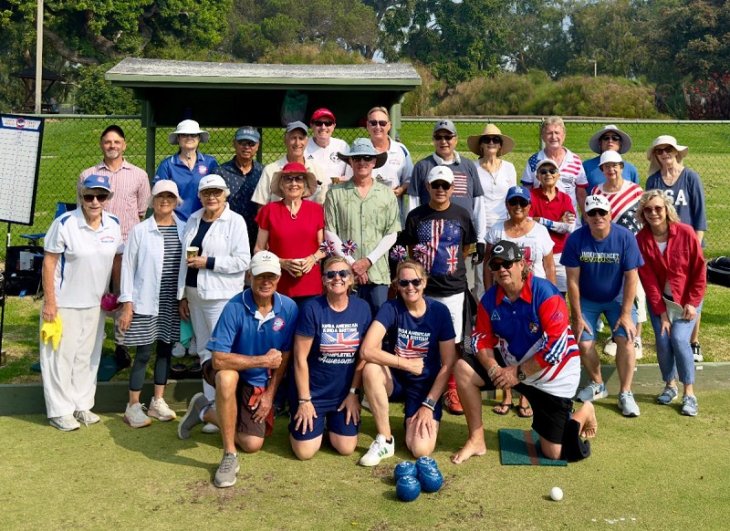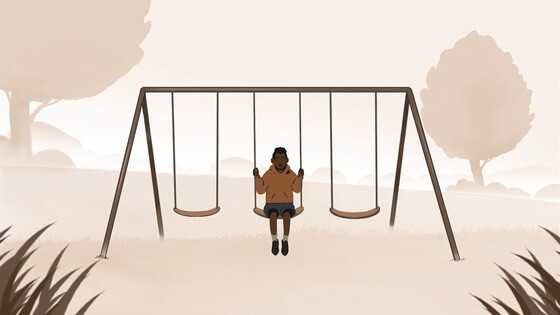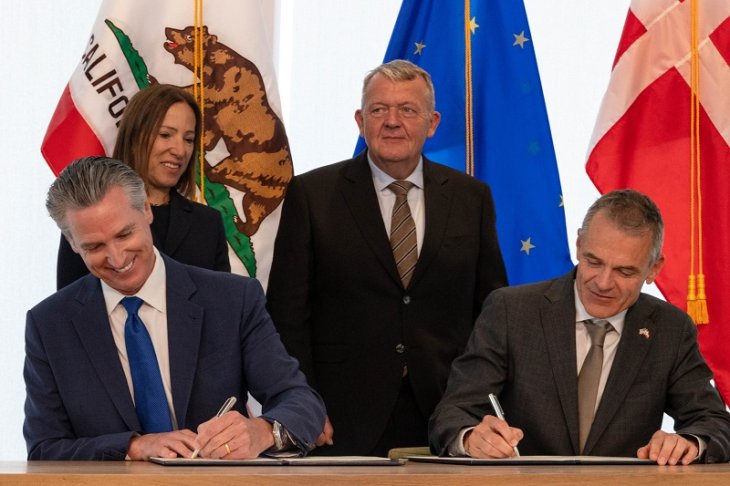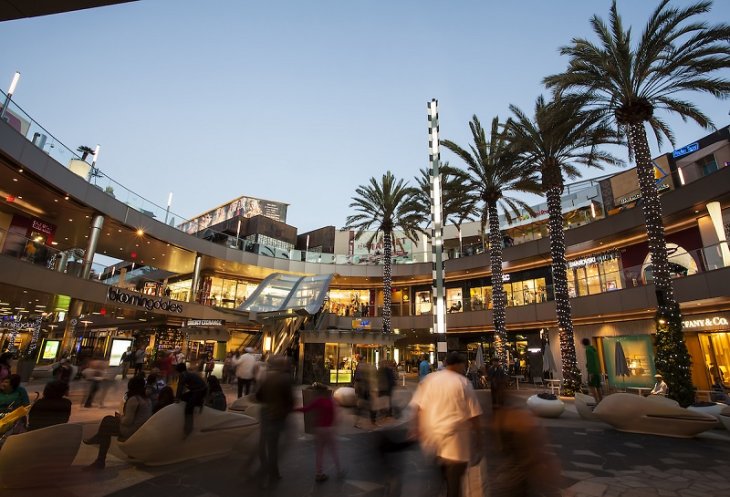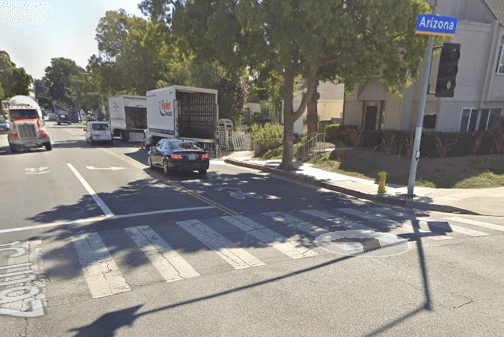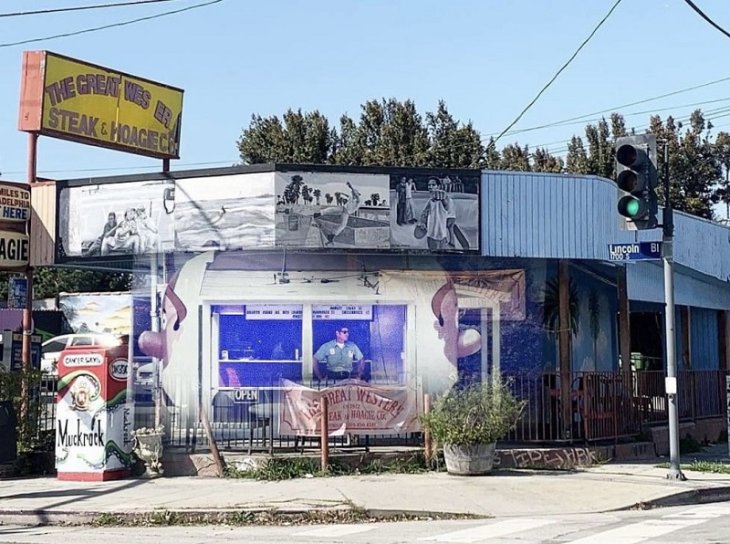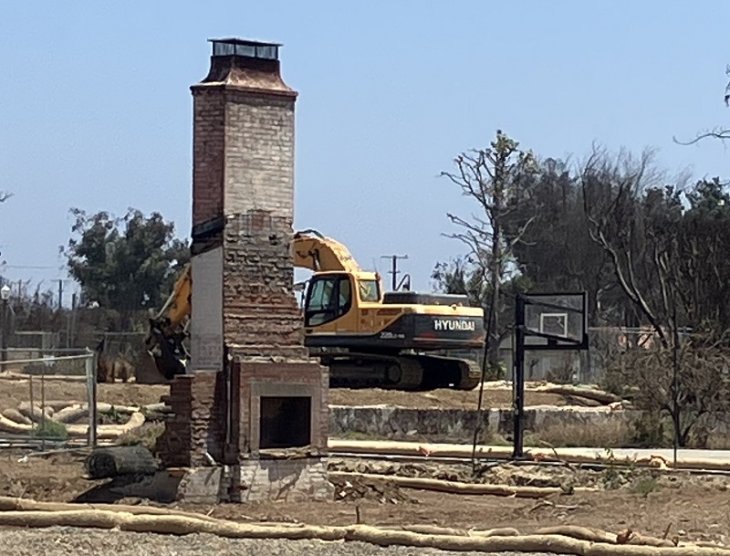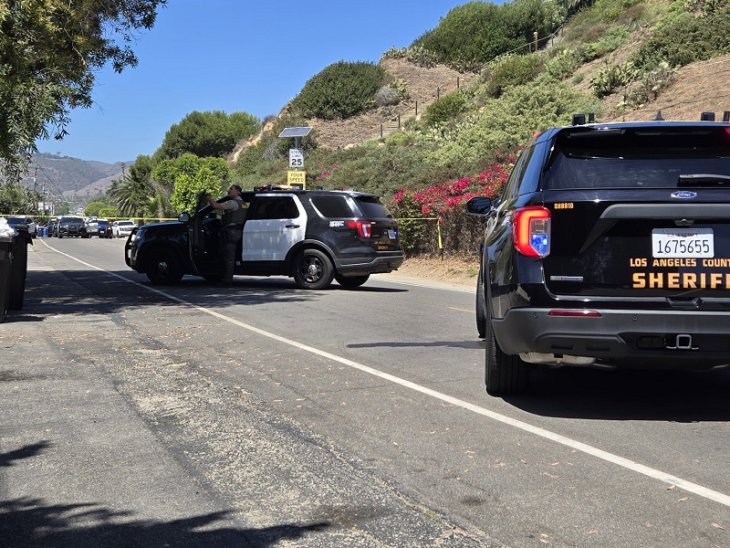The exhibit features a wide spectrum of visual art that emerged from a period defined by social upheaval, personal introspection, and global disruption
A new art exhibit opening at the Annenberg Community Beach House this week gives overdue recognition to artists whose work went unseen during the pandemic. Titled “Santa Monica Artists in Residence, 2020–2024,” the retrospective highlights those who participated in the city’s Beach House and Camera Obscura Art Lab residency programs but were unable to showcase their work publicly due to COVID-19 closures.
Running from May 15 through October 5, the exhibit features a wide spectrum of visual art that emerged from a period defined by social upheaval, personal introspection, and global disruption. The selected works reflect themes such as climate change, bodily autonomy, displacement, and identity. Artists use diverse media—from painting and photography to sculpture and installation—to explore internal and external landscapes shaped by isolation and resilience.
The City of Santa Monica’s Cultural Affairs Division will host an opening reception on May 18 from 4 to 6 p.m., coinciding with the second installment of Take A Moment: An Unplugged Series in observance of Mental Health Awareness Month. The public is invited to attend.
The Artist Residency Program at the Annenberg Beach House began in 2009 but was suspended during the pandemic. Meanwhile, the Camera Obscura program continued in a limited capacity, offering 14-week residencies for six artists annually. City officials say they will announce the next round of residency recipients in the coming months.
Featured artists include Chuck Hohng, whose mixed media works bridge Korean and American identity; Dakota Noot, whose colorful paintings address queer identity through fantastical imagery; and Edwin Ushiro, whose layered, nostalgic compositions draw from Hawaiian folklore. Other highlights include immersive installations by Flora Kao and photography from Georgina Reskala and Marzieh Karimi that interrogate memory and displacement.
In addition to the main exhibition, works in video, performance, and digital media created by past residents—including Anna Luisa Petrisko, Diane Williams, and Christian Sampson—are also acknowledged as part of the broader initiative to honor creative expression born during the pandemic.
The exhibit is free and open to the public.


